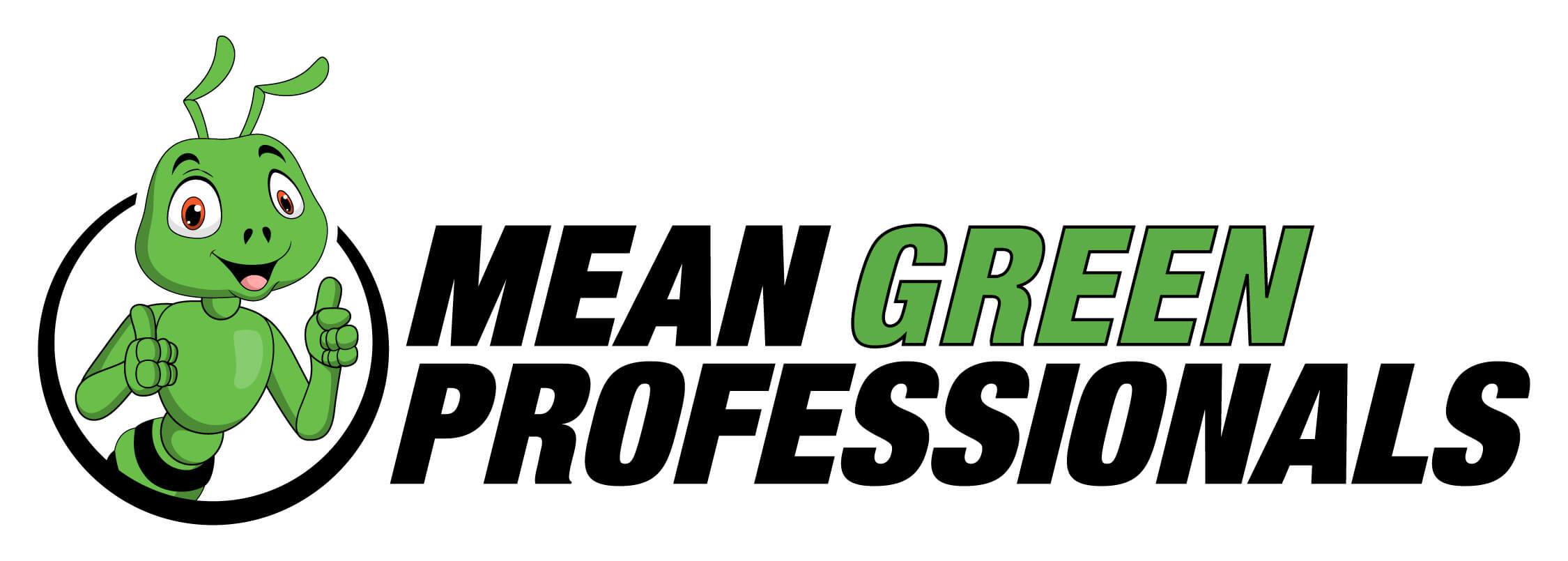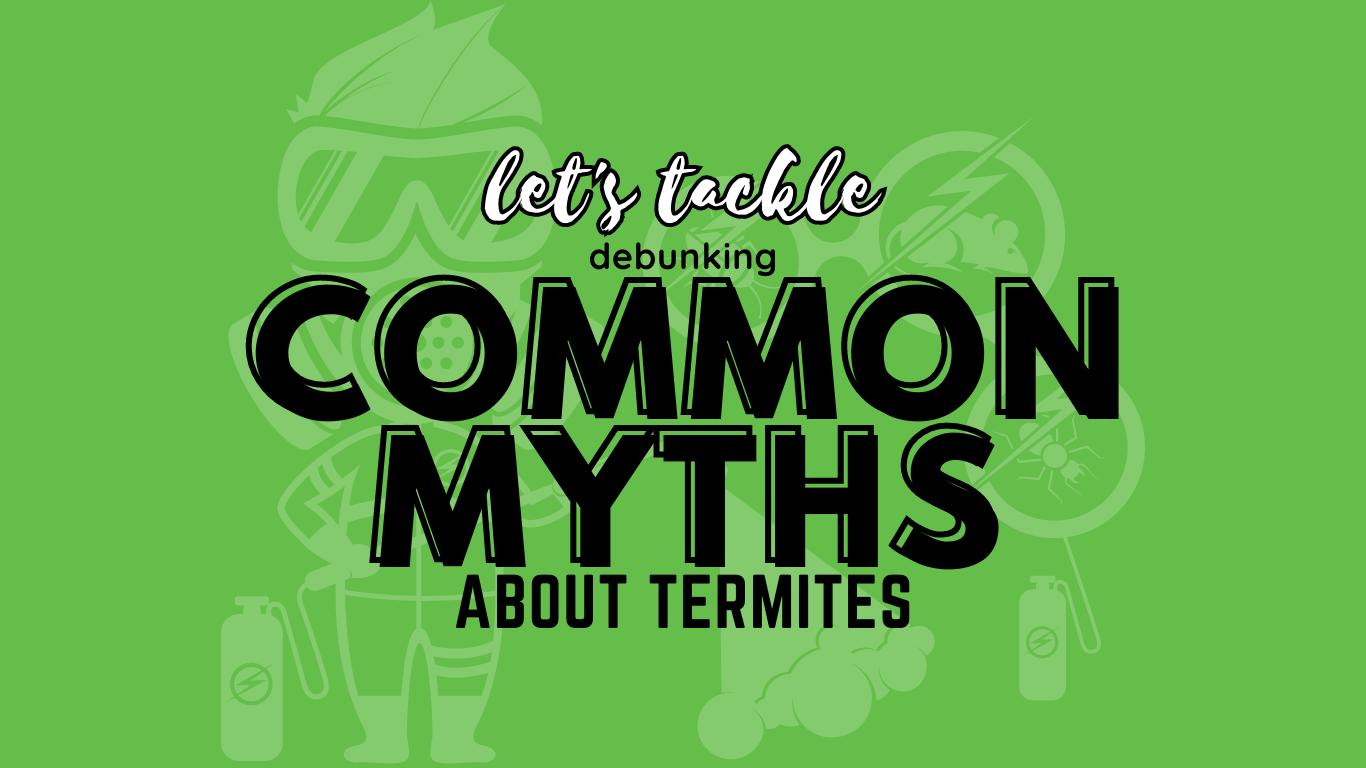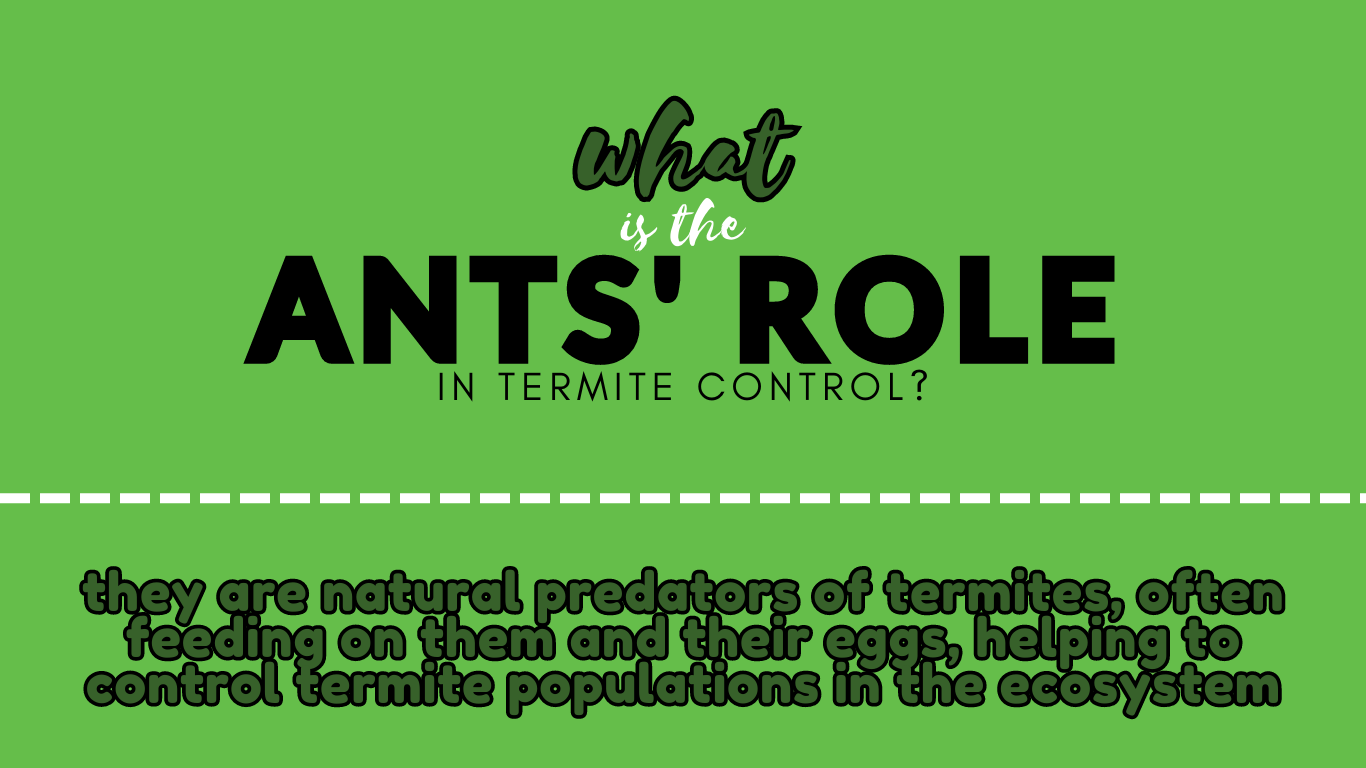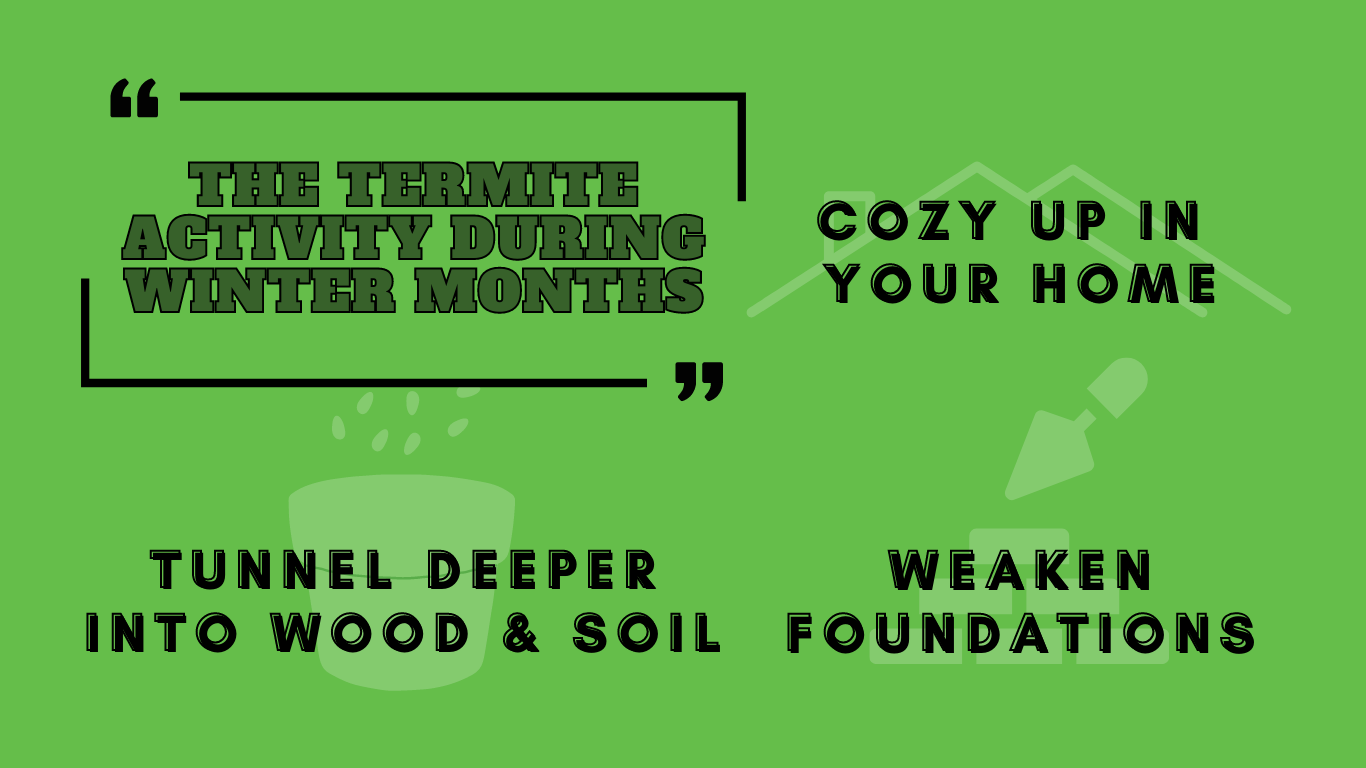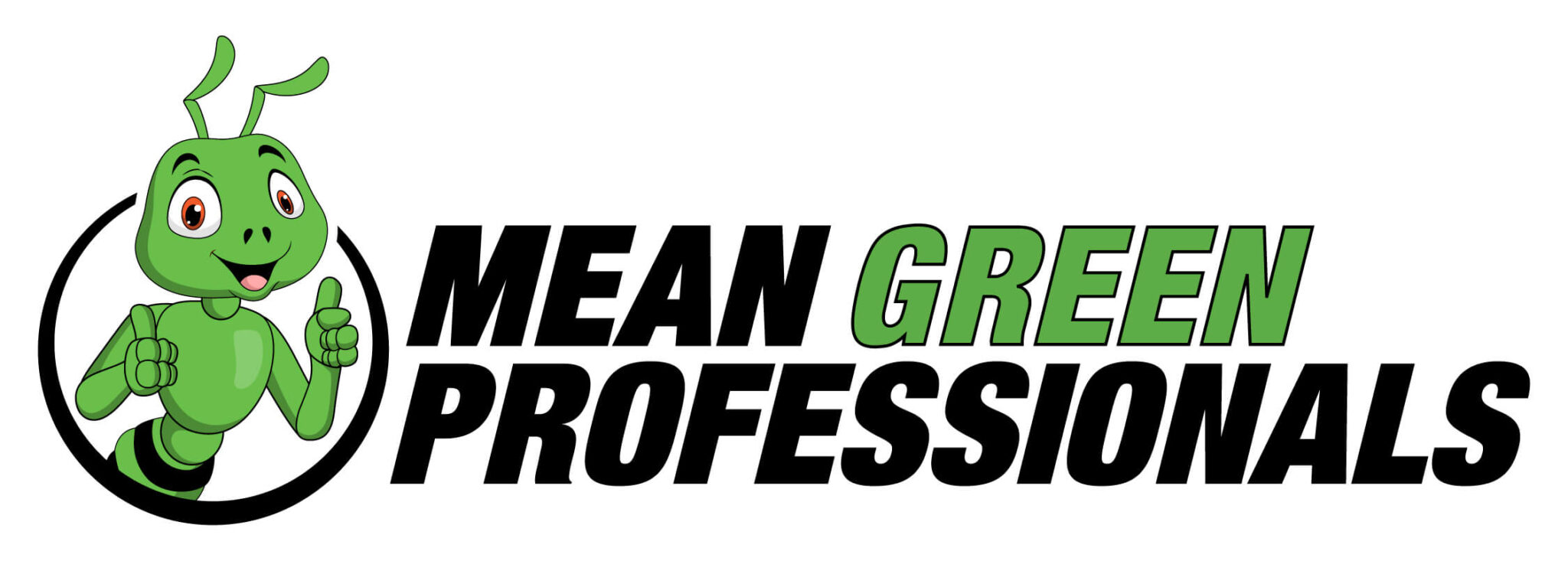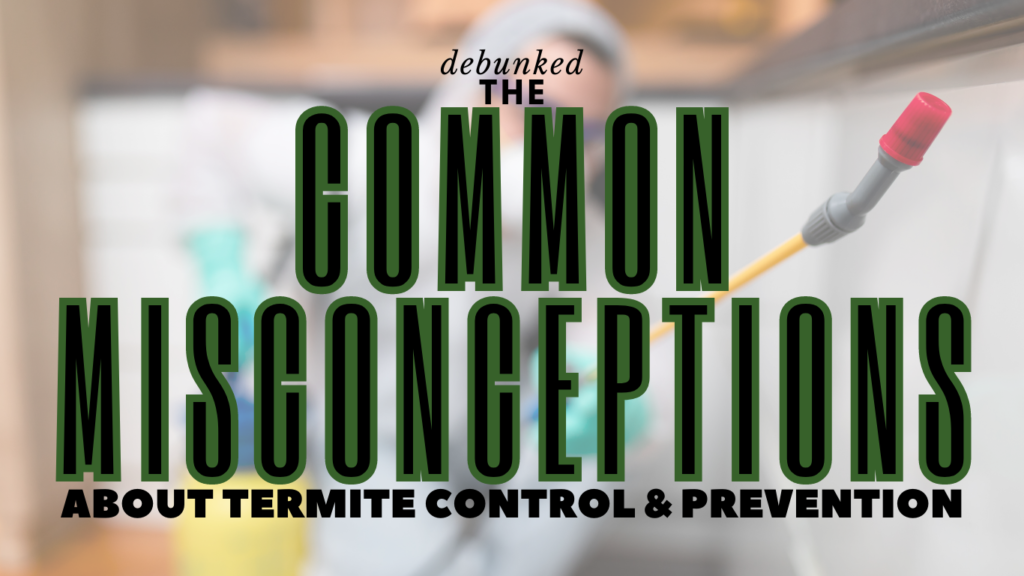
Common misconceptions about termite control and prevention can often lead to ineffective strategies and unnecessary damage to your property in Symrna, Tennessee.
These destructive pests, despite their small size, are capable of causing extensive structural harm if left unchecked.
Our understanding of termites is frequently clouded by myths and misinformation.
In this piece, we seek to debunk the common misconceptions about termite control and prevention, for instance, the idea that they are part of the ant family or can munch through concrete.
We will also address the ineffectiveness of DIY termite control methods and highlight why professional intervention is crucial for effective termite elimination.
Moreover, we’ll delve into misunderstood relationships between ants and termites that could potentially allow unchecked termite activity.
The notion that hardwood homes are immune from these pests will be challenged as well.
The role of professional pest control services in identifying signs of infestation early on cannot be overstated when discussing common misconceptions about termite control and prevention.
Additionally, we’ll touch upon how these professionals use environmentally friendly options for controlling an infestation while minimizing environmental impact.
Table Of Contents:
- Debunking Common Myths About Termites
- Ineffectiveness of DIY Termite Control Methods
- Misunderstanding Ants’ Role in Termite Control
- Hardwood Homes Are Not Immune from Termites
- Essential Role of Professional Pest Control Services
- Termite Activity During Winter Months
- FAQs in Relation to Common Misconceptions About Termite Control and Prevention
- How can I prevent termite infestations on my property?
- What are some common termite myths that people should be aware of?
- How can I effectively control termites if I suspect an infestation?
- Where do termites live and thrive?
- What purpose do termites serve in the ecosystem?
- What factors attract termites to a property?
- Unveil the truth; safeguard your property! Bust the misconceptions surrounding termite control and prevention to ensure effective measures for a termite-free environment.
Debunking Common Myths About Termites
When it comes to termite control, misinformation can lead homeowners astray, resulting in ineffective prevention measures and even increased termite damage.
Let’s address some of the most common misconceptions about termites and provide accurate information for more effective termite control.
The truth behind the myth of termites belonging to the ant family
A widespread misconception is that termites belong to the ant family due to their similar appearance.
However, despite these superficial similarities, ants, and termites are different species with distinct behaviors.
In fact, termites share a closer relationship with cockroaches than they do with ants.
This misunderstanding often leads homeowners to underestimate termite infestations, as they mistakenly believe that what they’re seeing are harmless ants rather than destructive pests.
Why termites cannot actually chew through concrete
An enduring myth is that these tiny insects have jaws strong enough to chew through concrete – an exaggeration of their actual capabilities.
While it’s true that certain types of subterranean or dry wood termite species wield powerful mandibles capable of causing extensive wood damage over time, this doesn’t extend to materials like concrete or metal.
What makes them particularly insidious is not brute strength but stealth; by exploiting existing cracks and crevices in structures’ foundations, these critters gain access to homes undetected.
Avoid falling victim to such common myths about termite behavior and characteristics could potentially save you from expensive structural repairs down the line.
A thorough understanding helps you take proactive steps toward preventing potential invasions before any significant harm occurs.
Distinguishing between Termite Droppings & Sawdust
- Termite droppings: Also known as frass, they look like small granules varying in color depending on the wood type consumed by them.
- Sawdust: By contrast, appears powdery without a uniform shape or size, unlike frass which has consistency.
- Misidentifying sawdust as frass might delay necessary action against active infestation leading to further damages.
Busting Myth around “Termite Swarms”
- All swarming insects aren’t necessarily “termite swarms.” It’s crucial to distinguish between flying ants vs. winged termites since both swarms during the mating season yet pose vastly different threat levels.
- Flying Ants: They possess narrow waists along pinched segments, whereas Winged Termites exhibit straight waistlines without segment divisions, making identification easier upon close inspection.
Remember, knowledge empowers us to make informed decisions safeguarding our homes against one of nature’s most relentless invaders – The Terminus.
This section debunks common myths about termites and provides accurate information for effective termite control. It addresses misconceptions such as termites belonging to the ant family, their ability to chew through concrete, distinguishing between termite droppings and sawdust, and identifying termite swarms versus flying ants. The key takeaway is that understanding these facts can help homeowners take proactive steps to prevent infestations and avoid costly repairs.
Ineffectiveness of DIY Termite Control Methods
Don’t be fooled by the allure of DIY termite control.
It’s like trying to fight a lion with a toothpick – ineffective and downright dangerous.
Risks associated with DIY pest control methods
DIY termite control is a recipe for disaster.
Those pesky subterranean and dry wood termites will laugh in your face as they continue to munch on your precious wood structures.
And let’s not forget the potential harm you can cause yourself.
Handling pesticides without proper knowledge can turn your termite problem into a full-blown catastrophe.
Why professional help is necessary for effective termite elimination
When it comes to termite infestations, leave it to the pros.
They’ve seen it all and know exactly how to kick those termites to the curb.
- Experience: Professionals have dealt with more termites than you can count. They know their behavior and what attracts those little buggers.
- Safety: Pest control experts use treatments that won’t harm you or your furry friends. Say goodbye to termite droppings and swarms without putting yourself at risk.
- Efficacy: Forget about temporary fixes. Professionals provide long-term solutions that ensure those termites never come back for seconds.
Not only do professionals eliminate existing termite problems, but they also offer regular inspections to prevent future invasions.
It’s like having a termite detective on your side, and here’s the cherry on top: many pest control companies are going green.
Rather than relying on traditional, potentially harmful treatments, many pest control firms are embracing more eco-friendly approaches to protect your residence and the environment.
So, the next time you spot any signs of termite activity, don’t be a hero.
Call in the experts and let them handle those tiny terrors.
Misunderstanding Ants’ Role in Termite Control
One of the biggest misconceptions is that having black ants means no termite problems. But ants can’t handle the termite job alone.
The Ant-Termite Relationship
While some ants eat termites, not all ants do, and even the ant species that do snack on termites can’t handle big termite colonies.
In fact, some ants can make termite problems worse by messing up the soil, creating a perfect home for subterranean termites.
So relying on ants for termite prevention is a bad idea.
How This Misconception Leads To Trouble
If you think ants will protect your home from termites, you might miss signs of an infestation, like discarded wings or termite droppings.
You might also skip regular inspections by pest control pros.
- Dropped Wings: After mating, future king and queen dry wood termites drop their wings before settling in your home’s wood.
- Fecal Pellets/Droppings: Drywood termite droppings are hard and elongated, found near damaged wood.
- Mud Tubes: Subterranean termites build mud tubes along walls, pointing to an ongoing invasion.
If you ignore these signs because you believe ants have it covered, you’ll end up with expensive repairs.
So don’t let common myths guide your termite battle plan.
Trust proven methods and protect your biggest investment – your home.
Hardwood Homes Are Not Immune from Termites
Don’t be fooled. Hardwood homes are not termite-proof.
These sneaky pests don’t discriminate when it comes to wood.
They’ll happily munch on any type, including hardwoods like oak and walnut.
Types of woods that attract different species of termites
Termites have diverse tastes.
Subterranean termites love the moisture-retaining properties of oak, while dry wood termites prefer the drier conditions found in walnut.
Even pine, a softwood, is a favorite snack for subterranean colonies.
- Oak: Subterranean termites can’t resist the moisture in oak.
- Walnut: Drywood termites find the dryness of walnut irresistible.
- Pine: Subterranean termites love the easy access and moisture in pine.
So, it’s not about the type of wood you use but which termite species you’re attracting.
The Importance Of Regular Inspections Regardless Of Construction Materials Used
Whether your home is made of brick, concrete, or wood, regular termite inspections are a must.
These sneaky pests can cause significant damage before you even notice.
Professional inspections can detect signs like discarded wings, mud tubes, and tiny piles of droppings.
They’ll even check deep within walls where you can’t reach.
Don’t fall for common myths. Protect your property from these destructive pests.
Remember, all woods attract different kinds of termites.
So, include regular professional inspections in your maintenance plan to prevent costly repairs in the future.
With Mean Green Pest Pros by your side, you can rest easy knowing we use environmentally friendly solutions to keep unwanted guests away.
Essential Role of Professional Pest Control Services
In the battle against termite infestations, professional pest control services are your most reliable allies.
These experts have a deep understanding of termite behavior, species-specific vulnerabilities, and effective strategies for both immediate elimination and long-term prevention.
The Importance and Process Involved in a Professional Inspection
A crucial part of any successful termite control strategy is regular inspections.
Many homeowners overlook this preventative measure due to common misconceptions about termites’ habits or the belief that their home isn’t at risk.
However, all homes, regardless of construction materials, are potential targets for these destructive pests.
Regular termite inspections can detect early signs of an infestation, such as discarded wings from termite swarms, mud tubes built by subterranean termites, or even subtle changes like bubbling paint or hollow-sounding wood caused by hidden colonies gnawing away beneath the surface.
An inspection involves a thorough examination of your property’s interior and exterior spaces, including basements, crawlspaces, attics, and garages, along with outdoor areas where wood is present (e.g., decks or firewood piles).
The inspector will also look out for conducive conditions that might attract termites, like moisture problems or wood-to-soil contact points.
Benefits Offered By Environmentally Friendly Options Provided By Professionals
Beyond just eliminating existing infestations effectively using specialized equipment and techniques not available to consumers directly, professional pest controllers offer solutions designed to prevent future invasions too.
They understand how different types of termites behave, what attracts them, and what repels them – information they use when designing customized treatment plans tailored specifically to each client’s unique needs.
Firms like Mean Green Pest Pros prioritize environmentally friendly methods over traditional chemical-based treatments.
Instead of relying on harmful insecticides such as pyrethrum, which could pose risks to human health and environmental safety alike, they utilize organic ingredients possessing natural insect-repellent properties – making it possible to achieve effective results without compromising well-being.
Studies have demonstrated that eco-friendly strategies can be as powerful, if not more so, in restraining pests while causing minimal disturbance to non-target organisms and habitats.
- Eco-friendly products tend to have fewer side effects than conventional pesticides; hence safer around children, pets, elderly people, and those with allergies or sensitivities.
- Sustainable practices help preserve biodiversity, reduce pollution, and promote healthier environments overall.
- Natural substances often degrade faster, leaving behind less residual toxicity compared to synthetic counterparts.
Professional pest control services are essential in the fight against termite infestations, as they have expert knowledge of termite behavior and effective strategies for elimination and prevention. Regular inspections are crucial to detect early signs of an infestation, regardless of a home’s construction materials, and environmentally friendly options provided by professionals offer safe and efficient solutions while preserving biodiversity and promoting healthier environments.
Termite Activity During Winter Months
Contrary to popular belief, termites don’t take a winter vacation.
These sneaky pests don’t hibernate or die off in the cold.
Instead, they cozy up in your home, tunneling deeper into wood and soil where it’s warmer.
Talk about unwelcome houseguests.
Financial Implications of Ignoring Termite Activity
Don’t be fooled by the winter chill.
Ignoring termite activity during the colder months can lead to costly damages.
These little munchers continue feasting on your home year-round, causing more harm than you might expect.
Don’t let them throw a termite party in your walls.
If you spot any signs of an infestation, like discarded wings from termite swarms or tiny piles of termite droppings (eww), don’t brush it off just because it’s winter.
Take action before these pests throw a housewarming party.
- Detection: Don’t underestimate the power of early detection. Just because you can’t see them doesn’t mean they’re not there. Stay vigilant.
- Action: If an inspection reveals a problem, no matter how small, don’t procrastinate. Take immediate action to kick those termites to the curb.
- Maintenance: Regular maintenance checks are a must all year round. Neglect them not, or else you may find yourself with more unwelcome visitors than you’d have wished for.
Remember, winter vacations don’t apply to termites.
Stay proactive and schedule regular termite inspections to keep your home termite-free.
Don’t let these pests ruin your winter wonderland.
FAQs in Relation to Common Misconceptions About Termite Control and Prevention
How can I prevent termite infestations on my property?
To prevent termites from infesting your property, you need to schedule regular inspections, address moisture issues, maintain proper ventilation, and implement preventive measures such as using termite barriers or treated wood.
What are some common termite myths that people should be aware of?
Common termite myths include beliefs that termites don’t cause significant damage, termites only live in old houses, or that certain materials repel termites.
It’s important to understand the realities of termite behavior and take appropriate preventive measures.
How can I effectively control termites if I suspect an infestation?
Controlling termites typically requires professional assistance.
Termite control methods may include chemical treatments, baiting systems, or physical barriers, depending on the extent of the infestation and the specific circumstances.
Where do termites live and thrive?
Termites live and thrive in various environments, including wood structures, soil, and underground colonies.
They can be found in both urban and rural areas, and their presence is not limited to specific geographical regions.
What purpose do termites serve in the ecosystem?
Termites play a crucial role in the ecosystem by breaking down dead plant material and contributing to nutrient cycling.
However, their role in natural environments differs from their destructive behavior when infesting human structures.
What factors attract termites to a property?
Factors that can attract termites to a property include moisture issues, wood-to-soil contact, untreated wood, and the presence of food sources such as decaying wood or cellulose-based materials.
Unveil the truth; safeguard your property! Bust the misconceptions surrounding termite control and prevention to ensure effective measures for a termite-free environment.
The common misconceptions about termite control and prevention have been revealed!
Termites are not ants, and they can’t chew through concrete – they’re more like tiny, wood-destroying ninjas.
Even if your home is made of hardwood, termites can still wreak havoc – different species have different tastes in wood, and they’re not picky eaters.
DIY termite control may seem tempting, but it’s like bringing a water gun to a flamethrower fight – professional help is the way to go.
And forget about ants saving the day – they’re not the termite police, so regular inspections by the pros are a must.
When it comes to termite control, pest control services are the real heroes – they’ll swoop in, identify the problem, and offer environmentally friendly solutions.
So let’s debunk those common myths and take preventative measures against these sneaky, wood-munching villains!
Take control of your termite protection today!
Consult with a professional pest control expert to dispel misconceptions, implement effective prevention strategies, and safeguard your property against termite infestations.
Contact Mean Green Pest Pros today to schedule an appointment!
